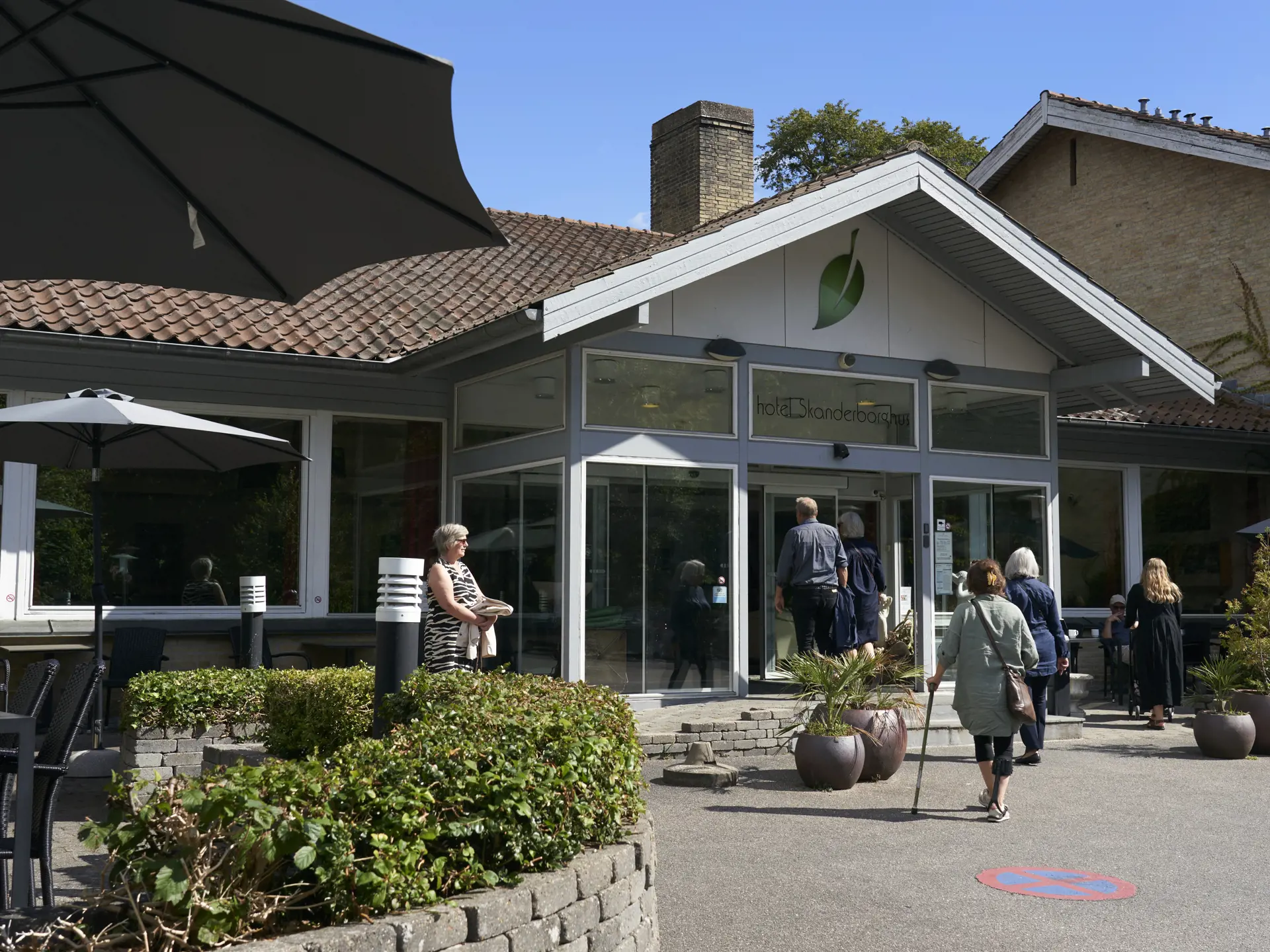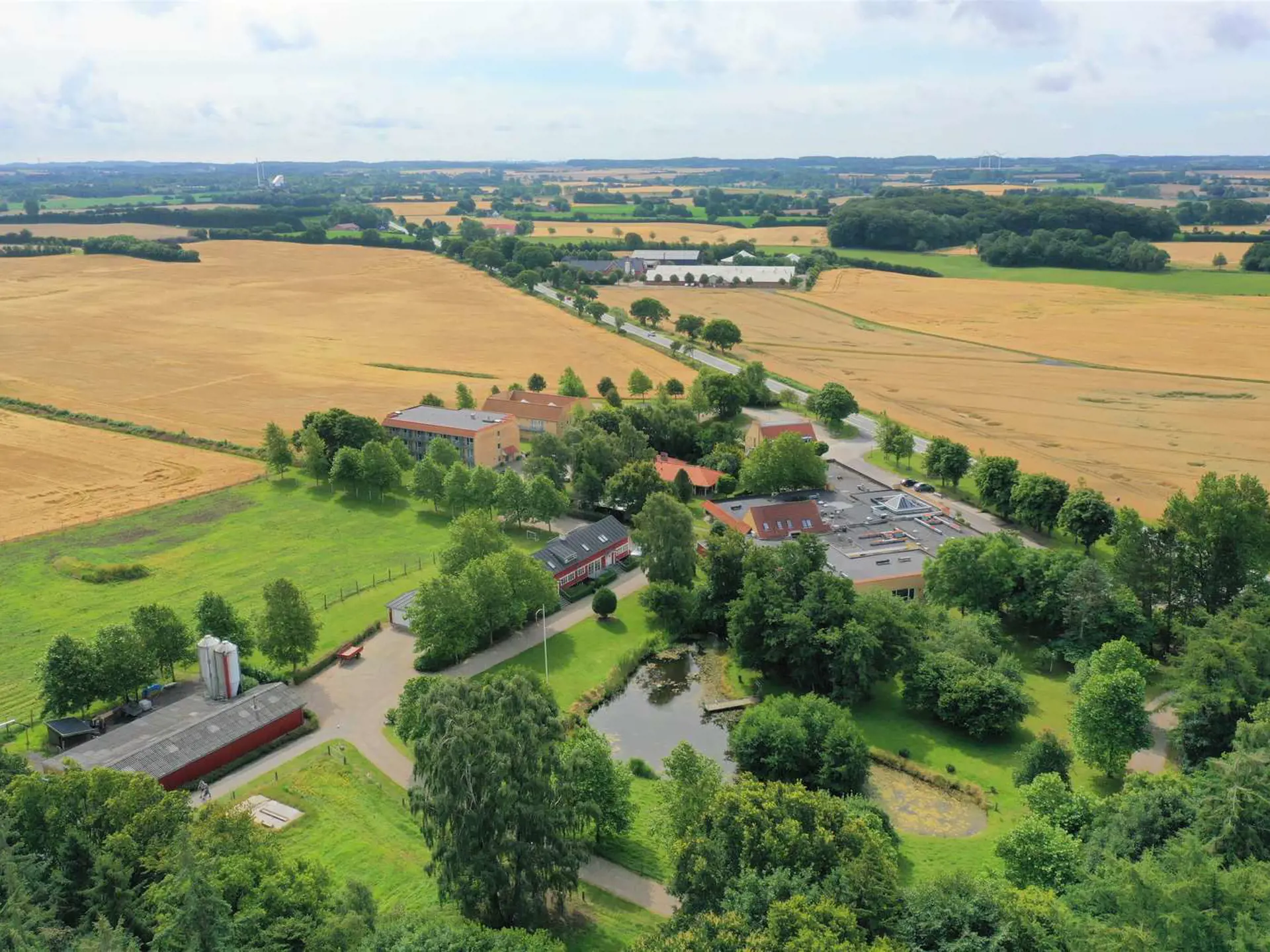Visit the exciting open-air museum
Glud Museum is an open-air museum where you can experience 350 years of village history. Here, among other things, there is a timbered house built around a square, a small fisherman’s house and smallholdings to explore. The museum tells of life in the small rural communities from the 17th century up to the 1950s.
The old farm
The many historic buildings each tell their story. Come into Rasmus Thomesøn’s farmhouse from 1662, where you can have a look in the dark living rooms where alcoves, fireplaces and long tables stood close. In the small fisherman’s house, fishing nets hang in the living rooms and the mattresses are stuffed with seaweed. In the tall transformer tower, you can experience what a revolution electricity was.
Visit the master painter’s house
The local master painter, Søren Knudsen, founded Glud Museum in 1912 and the museum also has Søren Knudsen’s home, Hildesheim, where you can go behind the museum’s history and in many ways, the unusual life of the museum founder.
The history of forgotten things
In the big exhibition hall there hides stories of children’s births, the fire service and everyday many pursuits. Here you can see mail carriages, butcher’s blocks, alderman batons and maternity pots, objects that were once an important part of society but are now almost forgotten.
Life in the village
There are many exciting events throughout the year. Old livestock breeds takeover the museum for the Day of the Animals, the harvest comes in house for Harvest and Market Days, and Christmas is celebrated with the ancient traditions of Christmas in the village. During the summer there are holiday activities for the whole family, and you can meet blacksmiths, wooden turners and weavers when the many skilled volunteers demonstrate the old trades and handicrafts.
Live summer activities
During the children's summer holiday, escape the busy tourist spots and head out where there's room to play and sky as far as the eye can see. Join in on traditional games like skittles and stilt walking—or take a journey back in time with fun, family-friendly activities.
Every Tuesday, Wednesday, and Thursday, you can take part in cozy family events, where kids and adults alike can dive into historical crafts or play like in the old days at the museum’s interactive Pilfingermuseum.
On Tuesday, Thursday, and Sunday afternoons, skilled volunteers demonstrate traditional crafts in the museum’s working workshops. Chat with the knitting ladies, watch the blacksmith at work by the glowing forge, and see the spinning wheel in action as yarn comes to life the old-fashioned way.
Open during the summer season
Glud Museum is open from April to October. During the winter season, seasonal events will take place—for example, around Christmas.
You can find opening hours and ticket prices on this page.
Last updated on June 3, 2025 by Casper Terkelsen

























